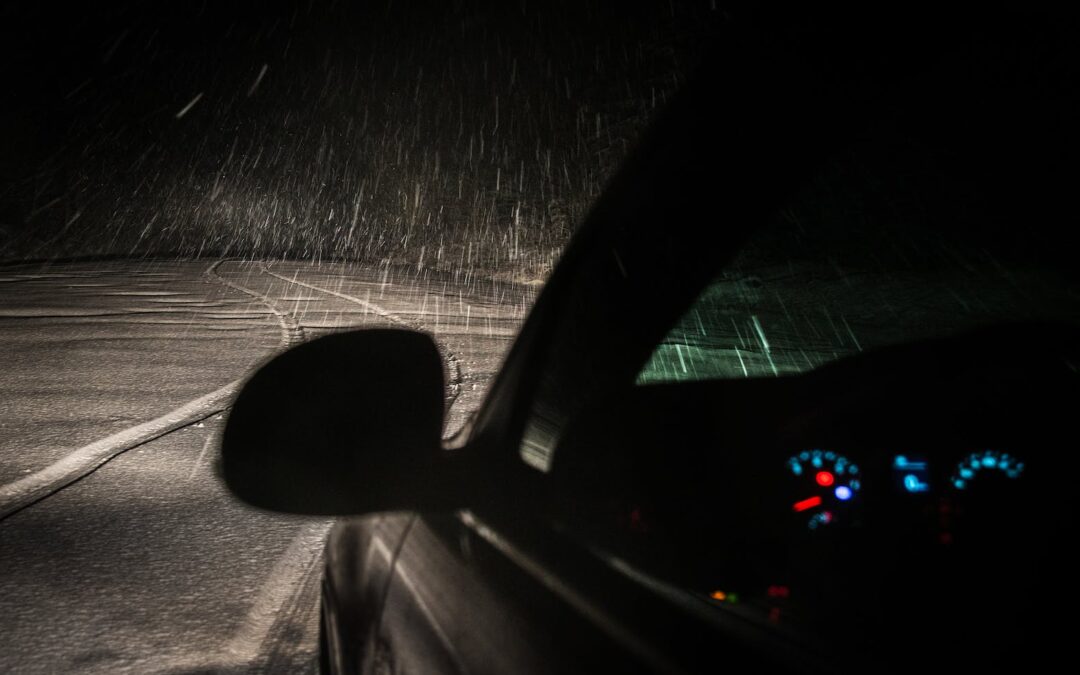Driving at night has challenges that make it more dangerous than daytime driving. Factors such as compromised vision, fatigue, rush hour traffic, and impaired drivers all contribute to making night-time driving a risky affair. Fatal crashes peak on Saturday nights, with the risks increasing significantly over the weekend.
As daylight saving time comes to an end, many people find themselves driving more in the dark, exacerbating these risks. During night driving, depth perception, color recognition, and peripheral vision can be compromised. The glare of headlights from an oncoming vehicle can temporarily blind a driver. Even with high-beam headlights on, visibility is limited to about 500 feet, giving drivers less time to react to obstacles in the road.
Combating Darkness While Driving
There are several measures you can take to mitigate the dangers of driving at night:
- Aim your headlights correctly and ensure they’re clean.
- Dim your dashboard to avoid reflections on the windshield.
- Look away from oncoming lights to prevent temporary blindness.
- If you wear glasses, make sure they’re anti-reflective.
- Clean the windshield to eliminate streaks.
- Slow down to compensate for limited visibility and reduced stopping time.
Night Vision and Age
Night vision, or the ability to see well in low-light conditions, diminishes as we age. A 50-year-old driver may need twice as much light as a 30-year-old to see as clearly. At age 60 and older, driving becomes even more difficult due to factors like cataracts and degenerative eye diseases.
Older drivers are recommended to have annual vision exams, reduce speed, take a driving course, minimize distractions, check the side effects of prescription drugs, and limit driving to daytime hours if necessary.
Drowsy Driving
Drowsiness is another significant factor contributing to night-time driving dangers. A poll revealed that 60% of adults have driven while tired, and another 37% have fallen asleep at the wheel.
To combat drowsy driving, it’s recommended to get seven or more hours of sleep a night, not drive if you’ve been awake for 16 hours or more, stop every two hours to rest, pull over, and take a nap if you’re drowsy, and travel during times you are normally awake.
Impaired Driving
Impaired driving is another major concern during night-time. About one-third of all traffic fatalities involve a driver impaired by alcohol. This number increases significantly when we consider drivers impaired by prescription medicines and other drugs.
Impaired drivers are most active after dark, particularly between midnight and 3 a.m. on weekends. Many states have yet to update their impaired driving laws to address this growing problem.
Get Legal Help If You’ve Been Injured While Driving at Night
Driving at night can be dangerous, but with the right precautions and awareness, these risks can be mitigated. Stay alert, stay safe, and always prioritize your well-being and that of others on the road.
If you or a loved one has been injured while driving at night, contact Kaiman & Crahan today to make sure your rights are protected, and you get the compensation you deserve.

